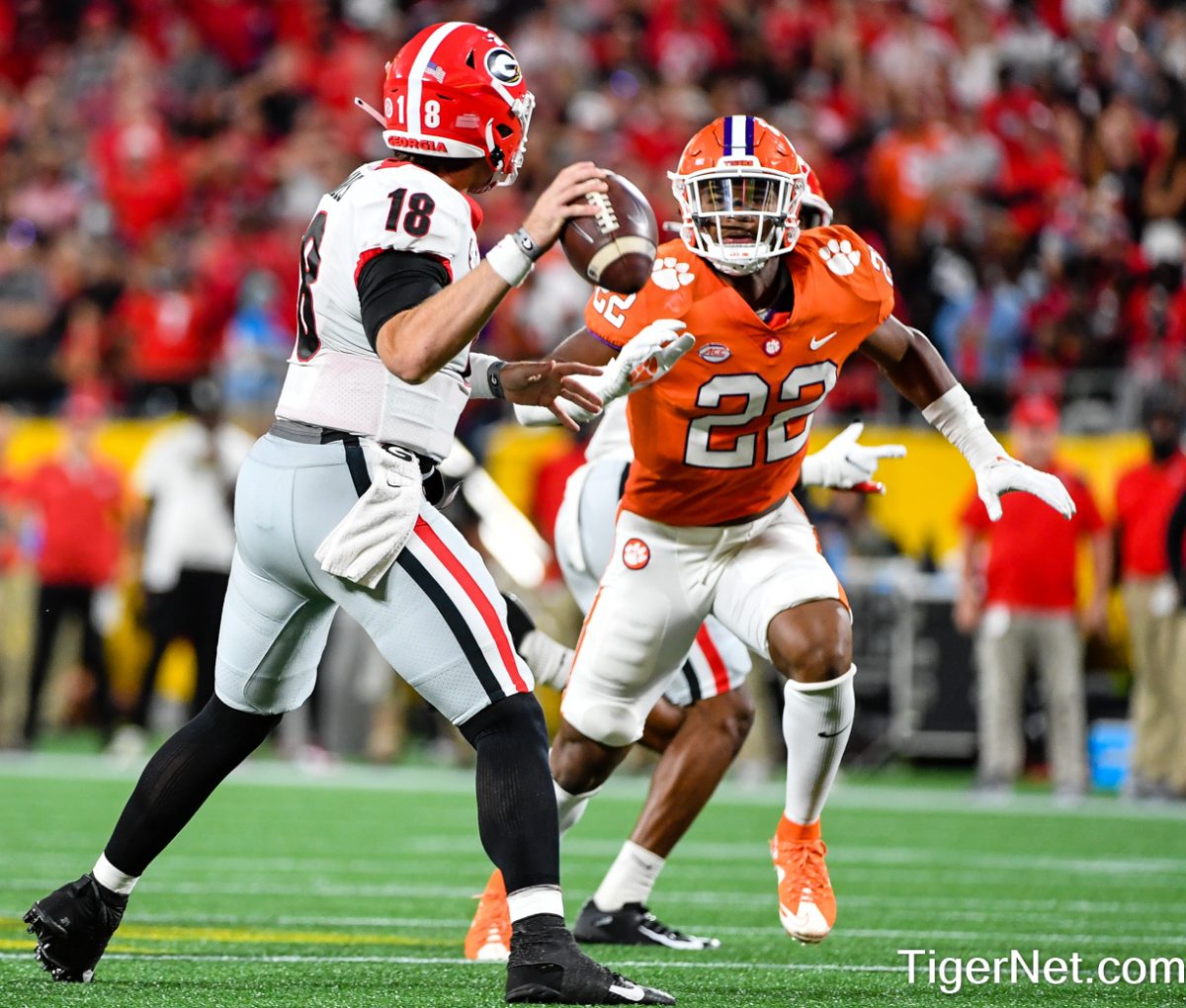In 2018 the NCAA introduced the transfer portal to college sports. In those seven years, the landscape of college athletics has changed drastically. Designed to give student-athletes more freedom over their college careers, the portal allows players to transfer and be recruited by other colleges while still in college.
One of the biggest impacts that the transfer portal has brought with college sports is the amount of mobility the players are given. Many athletes feel they do not receive enough playing time and do not fit in with the team or coaching staff so they transfer. The problem with this is that players transfer to a different school every year.
Two examples of players doing this are JT Daniels, who started his career as a quarterback at USC for two years before transferring to Georgia for two years. For his fifth year, he transferred to West Virginia and his sixth year to Rice.
The second example is AJ Storr, a basketball player who started his career at St. John’s before transferring to Wisconsin and then to Kansas. Storr has once again entered the transfer portal for the 2025-26 season.
Coaches now face the difficulty of recruiting high school players while trying to recruit other college athletes and figuring out how to keep their own players during the offseason. With the possibility of sudden departures, team chemistry has become more complex than ever.
Some coaches have changed their tactics and rely heavily on transfers to quickly rebuild rosters. St. John’s coach Rick Pitino decided to recruit no kids out of high school and only use the transfer portal to recruit. This trend is starting to hurt high school recruiting, as many athletes are finding many fewer opportunities from top programs.
The portal has shifted the balance of power in college sports as well. Traditionally dominant programs have never had problems being able to attract top-tier transfers, but they now find themselves struggling to keep the same players on their team. This has led to mid-major teams and non-power schools only being able to have one good season at a time, because when they get a good team, the players are likely to transfer immediately after.
This was most recently seen in the 2023 season with Florida Atlantic University. Only losing three games all year and making it to the Final Four in March Madness, the entire starting five and more entered the transfer portal. These players transferred not only to play on a good team, but because of the financial incentives available through NIL. Schools like Arkansas, Florida, Michigan, San Diego State got these players to transfer to their schools. The result is a new era where athletes just chase money instead of a dream college.
In addition to the money that top college athletes can make from NIL deals (Texas quarterback Arch Manning, for example, earned $6.5 million, though he has only started two games), they can now be paid directly from their schools. The Power 5 recently agreed to such a deal. Texas quarterback Arch Manning making 6.5 million and he has not started a game of football yet in his college career.
College football was not the only sport setting record numbers in the transfer portal. College basketball had over 1,000 people enter the portal before the season was even over.
Of course, the transfer portal has given athletes more freedom and opportunities to shape their future. If players feel like they do not fit in with their current team or do not get playing time they feel they deserve, transferring appears to be a sensible option.
Before 2018, when a player chose to transfer schools, they had to sit out a year. Since 2018, the landscape has dramatically changed, and that change has been for the worse.



